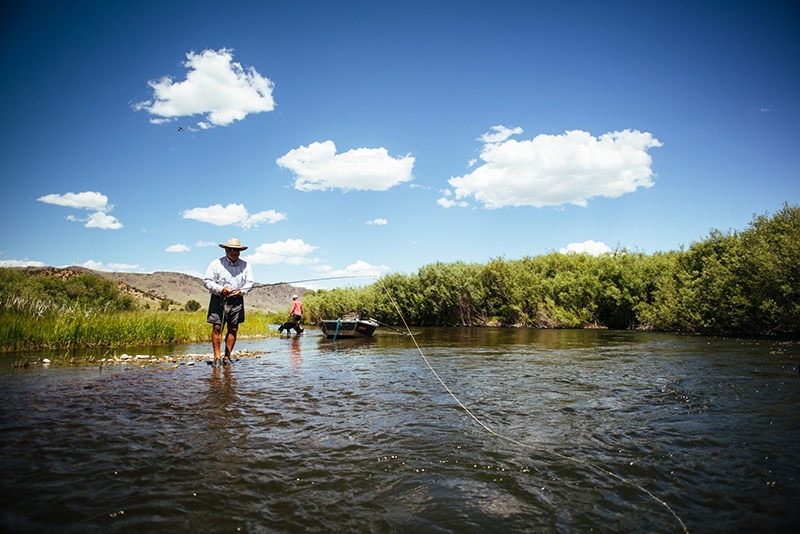Chapters or councils cannot donate money to a non-501(c)(3) organization or a 501(c)(3) organization that does not further TU’s mission.
TU (including its chapters and councils) can donate money to other entities only if doing so furthers our tax exempt purpose (in other words, our mission broadly defined or interpreted) and only if that entity itself is exempt under section 501(c)(3) or a governmental entity organized under section 501(c)(1). If your chapter or council wants to make a donation to another nonprofit, at a minimum you should obtain confirmation that the organization has section 501(c)(3) status by obtaining a copy of the organization’s IRS determination letter. If the organization does not have a determination letter and the donation would further our tax exemption purpose, you should consider partnering with the other organization on the project and directly pay for specific goods and/or services associated with the project. Similarly, TU cannot pay for an individual’s legal fees in association with a lawsuit, unless TU itself is a party to the lawsuit.
For example, a TU chapter could in principle donate money to a local watershed council for a stream restoration project if the project were consistent with our tax exempt purpose and the watershed council had a 501(c)(3) or 501(c)(1) exemption. Another example is the practice of giving money to the well-known “Casting for Recovery” program. While fly fishing is not central to TU’s mission, we frequently use it as a recruiting tool, so supporting Casting for Recovery can be categorized as an acceptable fundraising expenditure. If the chapter goes further than just donating money and provides conservation materials to the program that can serve to educate the participants about our conservation mission, a portion of the expenditure may be classified as a program expenditure.
However, if the watershed council in the above example did not have 501(c)(3) or 501(c)(1) status with the IRS, this donation would potentially violate IRS rules. This is because the funds given to the chapter are eligible for an income tax deduction by TU donors, but if the funds were given directly by the donor to the watershed council, the donor would not be able to take a deduction. Similarly, if a local individual brought a lawsuit trying to stop pollution of a local trout stream, TU could not pay that person’s legal fees. The IRS would view doing so as using tax-exempt donations to benefit an individual, even if the lawsuit is consistent with TU’s exempt purpose. This especially holds true if the trout stream is adjacent to the individual’s property. In a slightly different example, TU could not donate funds to the local hospital for a new treatment center even though the hospital is a 501(c)(3), because medical treatment is not part of TU’s stated exempt purpose.
It is perfectly acceptable, however, for TU chapters to pay entities that are not tax exempt for services rendered so long as the expenditure corresponds to TU’s exempt purpose. For example, TU can pay contractors for work done on stream restoration projects. In the stream restoration example given above, the TU chapter could comply with IRS rules by partnering with the watershed council on the project and directly paying for specific goods or services associated with the project. A TU chapter could also pay a lawyer for representing TU in a lawsuit challenging pollution in a local trout stream.
Chapters and councils should also contact TU’s volunteer operations staff with any questions or uncertainty about any donation you wish to make.


